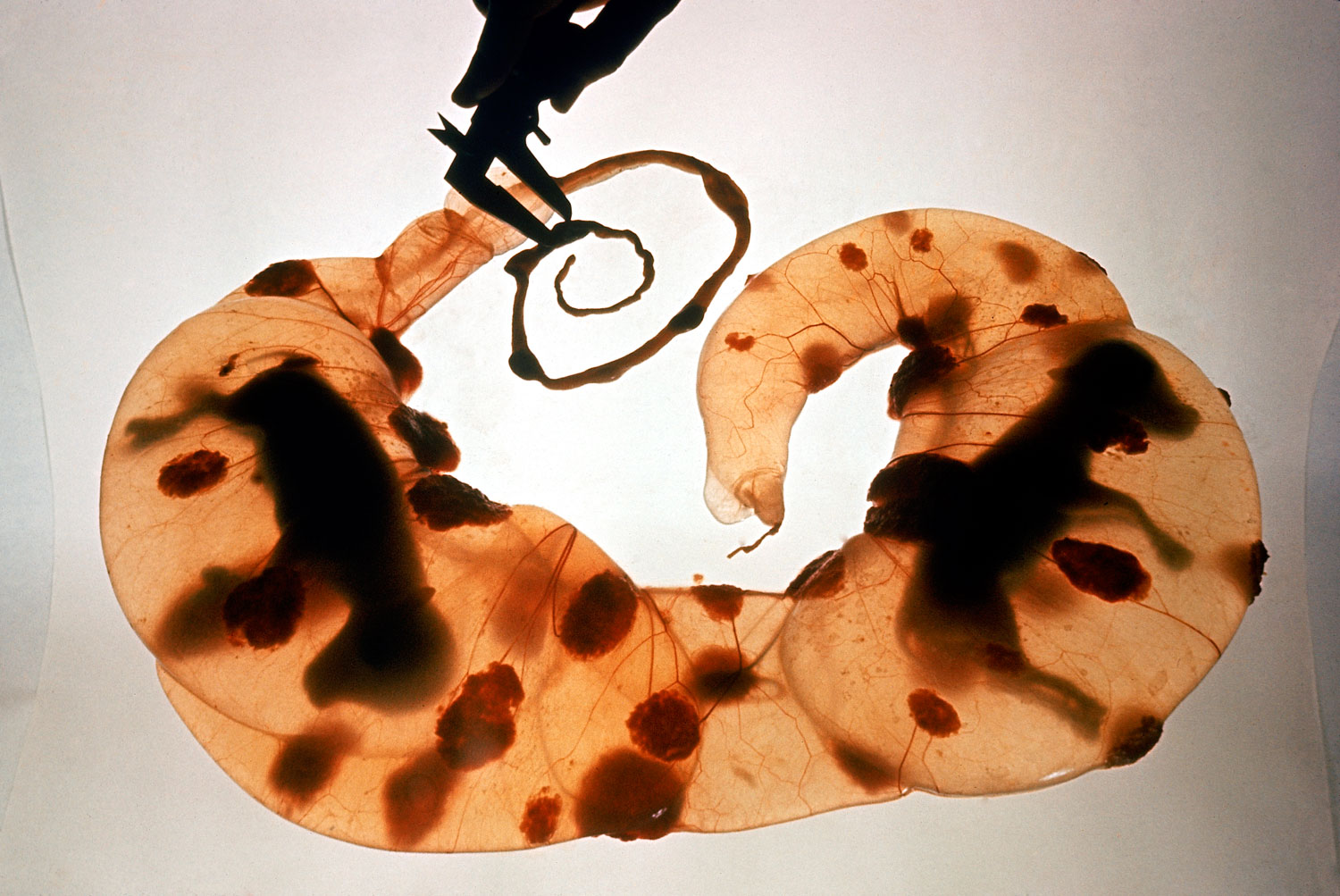
Capturing the utter weirdness and wonder of science through photography is a very tall order. After all, the most fascinating aspects of science (and its counterpart, technology) are often arcane, obtuse or downright incomprehensible to anyone besides …. well, scientists. Making science actually coherent and comprehensible through pictures, meanwhile — while also making the photographs themselves compelling and, if at all possible, beautiful — is not merely a tall order, but a near-impossibility.
Or rather, it’s a near-impossibility unless the photographer making those pictures is named Fritz Goro. A LIFE staffer for four decades, the German-born Goro (at left, in 1955) approached every story he worked on with a creativity and a kind of inspired deliberateness that earned him laurels as one of the 20th century’s very greatest science photographers.
In fact, for many photography critics and scientists, alike, he was at-once the most original and the most accomplished photographer of science who ever lived.
Trained in the Bauhaus school of sculpture and design, Goro worked in Germany until the early Thirties, when he and his wife fled the country after Hitler gained power and, as Goro put it, the two of them “had to start a new life.” That new life, it turned out, would center around photography — including freelance work for a brand new magazine based in New York called LIFE.
Goro liked to say that his expertise was due at least in part to his own ignorance. He photographed subjects that “more knowledgeable photographers might have considered unphotographable…. I began to take pictures of things I barely understood, using techniques I’d never used before.”
He designed his own optical systems to capture (often for the first time, by anyone) everything from bioluminescence to the mechanisms behind the circulation of blood through a living body. He traveled the globe while shooting for LIFE — the Antarctic, Mexican jungles, the Australian outback — enduring brutal cold and searing heat; but more often than not, it was in the controlled, cool space of a laboratory or a studio that he crafted his most breathtaking, groundbreaking work.
When he died in 1986, at the age of 85, a former science editor at LIFE named Gerard Piel said of Goro that “it was his artistry and ingenuity that made [his] photographs of abstractions, of the big ideas from the genetic code to plate tectonics” so effective and so utterly memorable. Here, LIFE.com presents a selection of photographs that hint at the scope of Goro’s achievement while paying tribute to the boundless range of human intellect, curiosity and imagination.



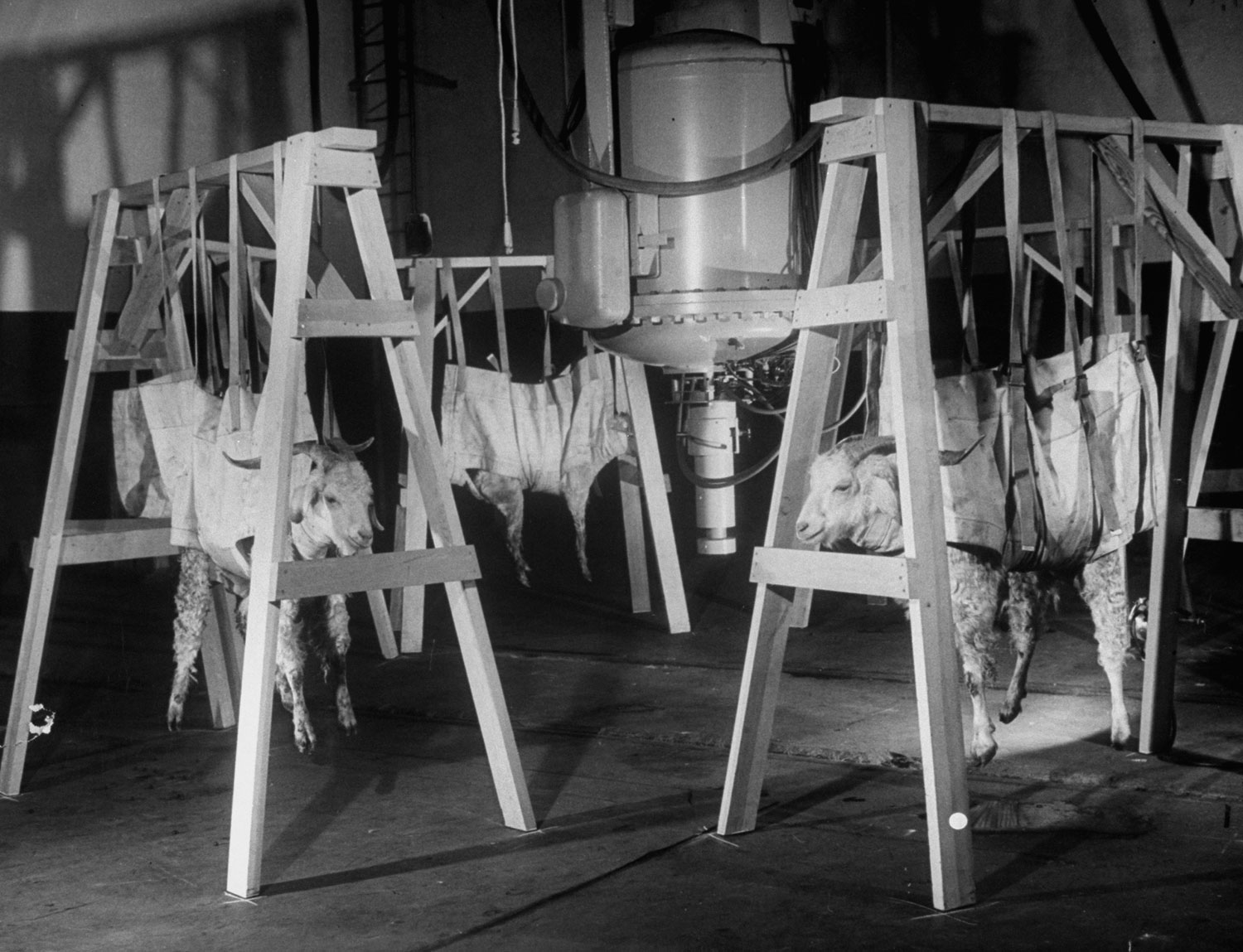
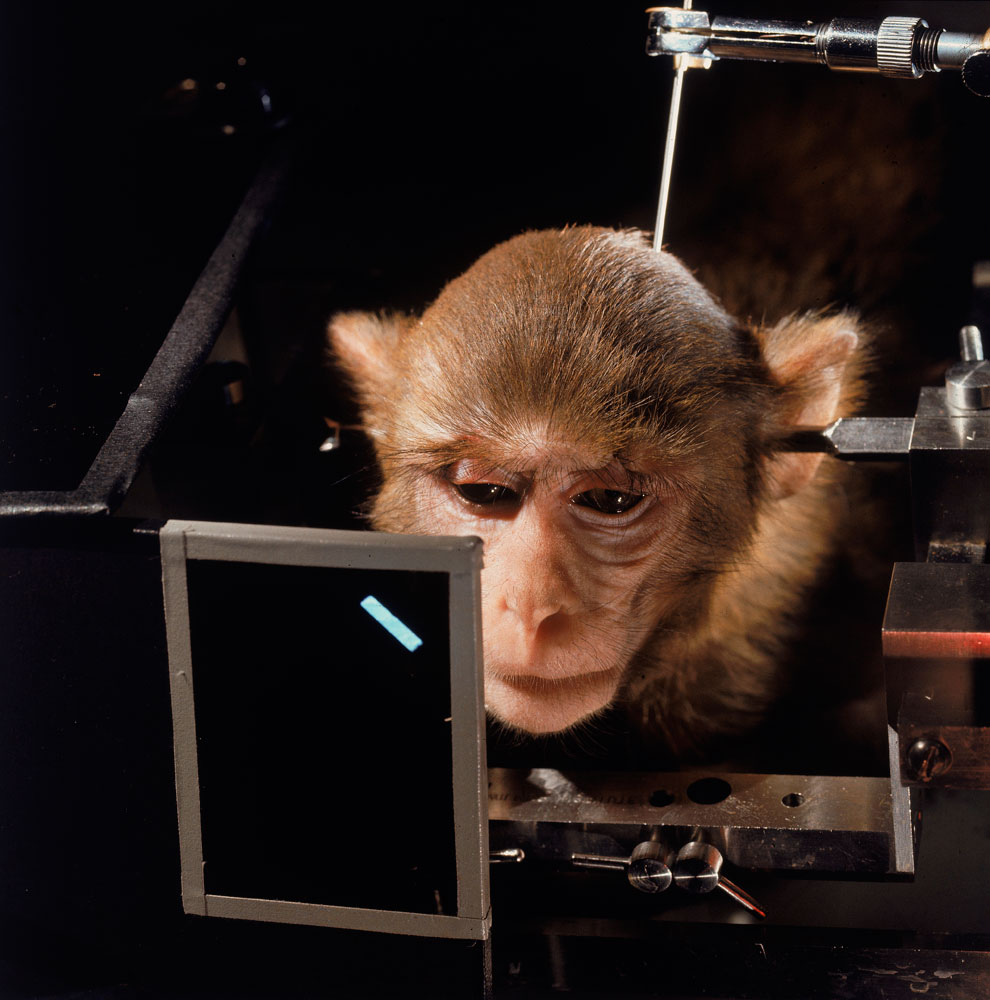
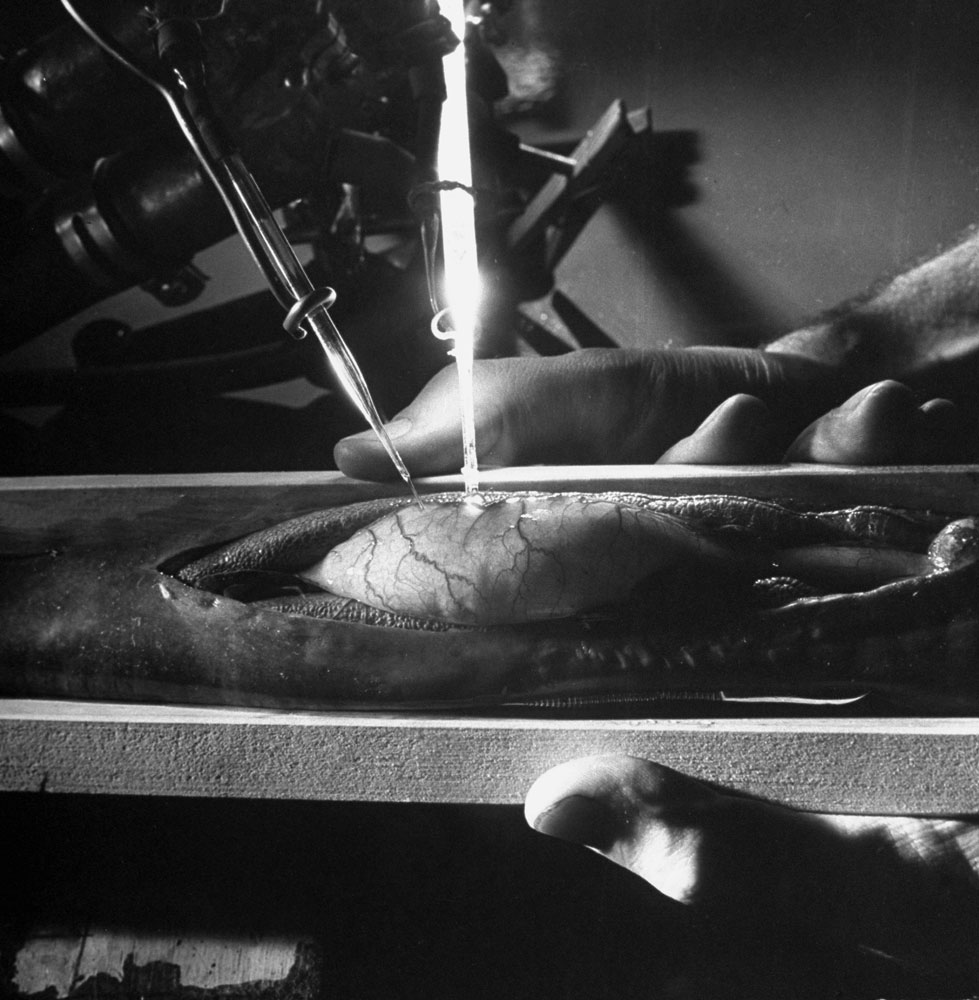



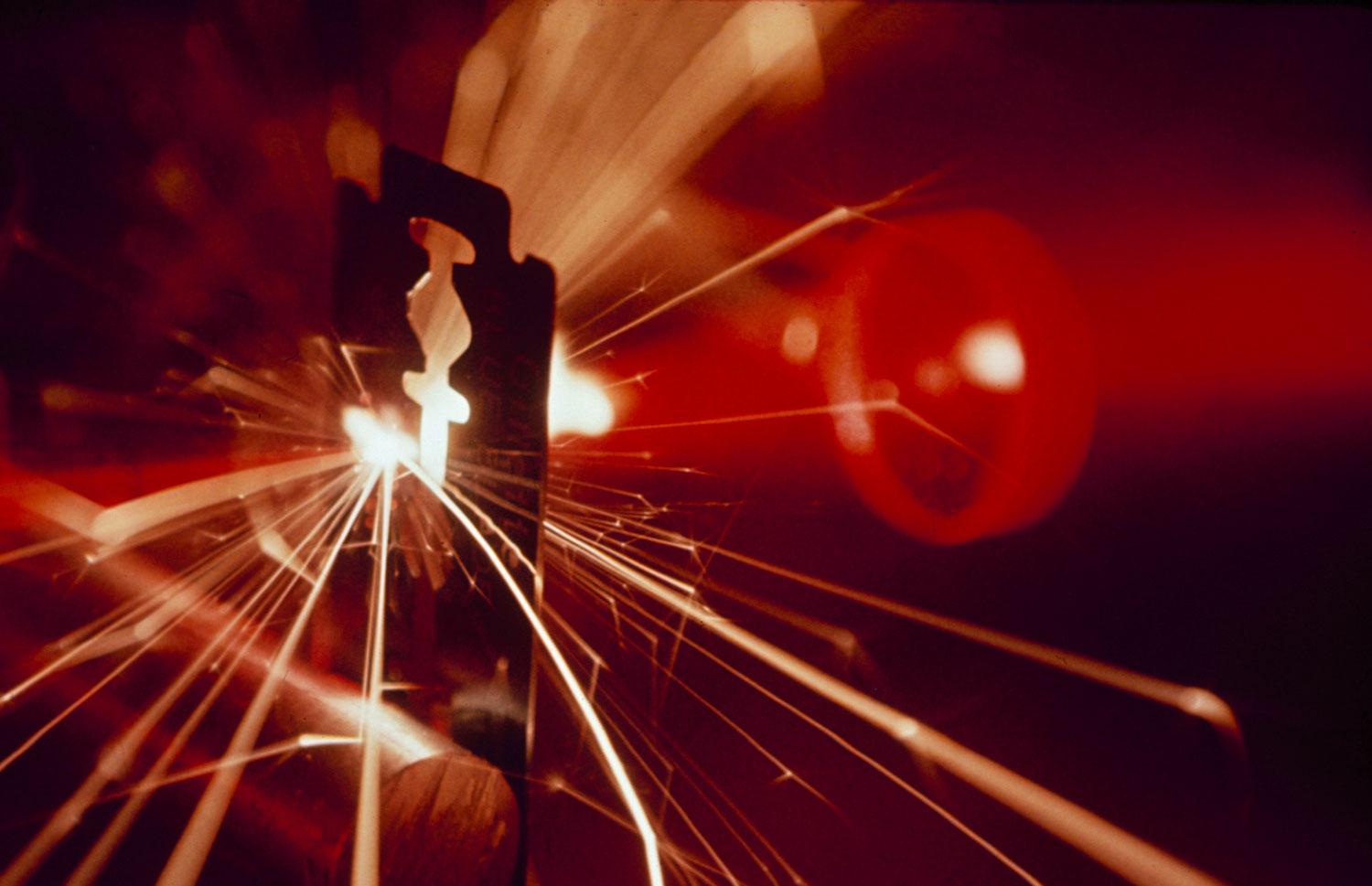
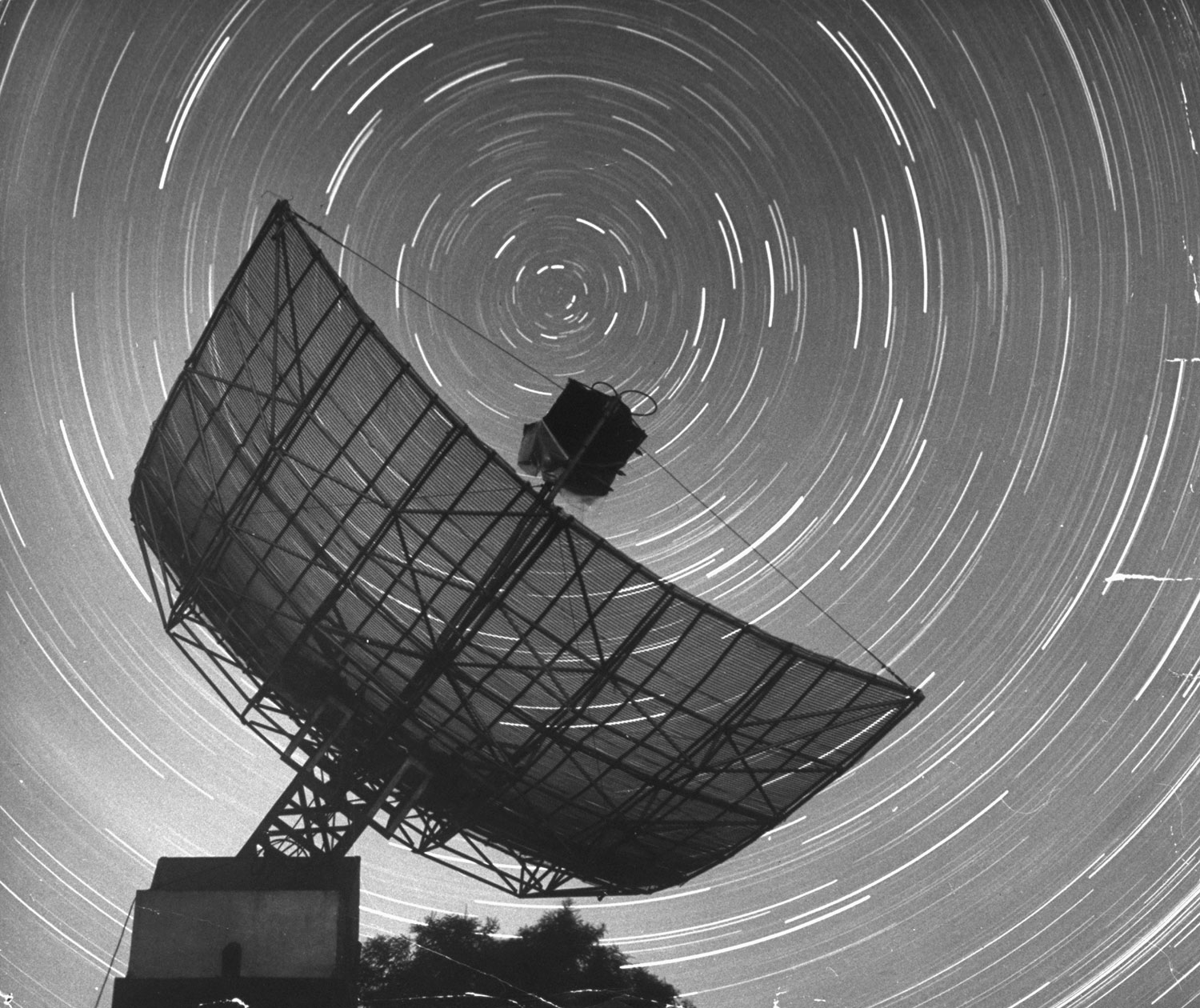
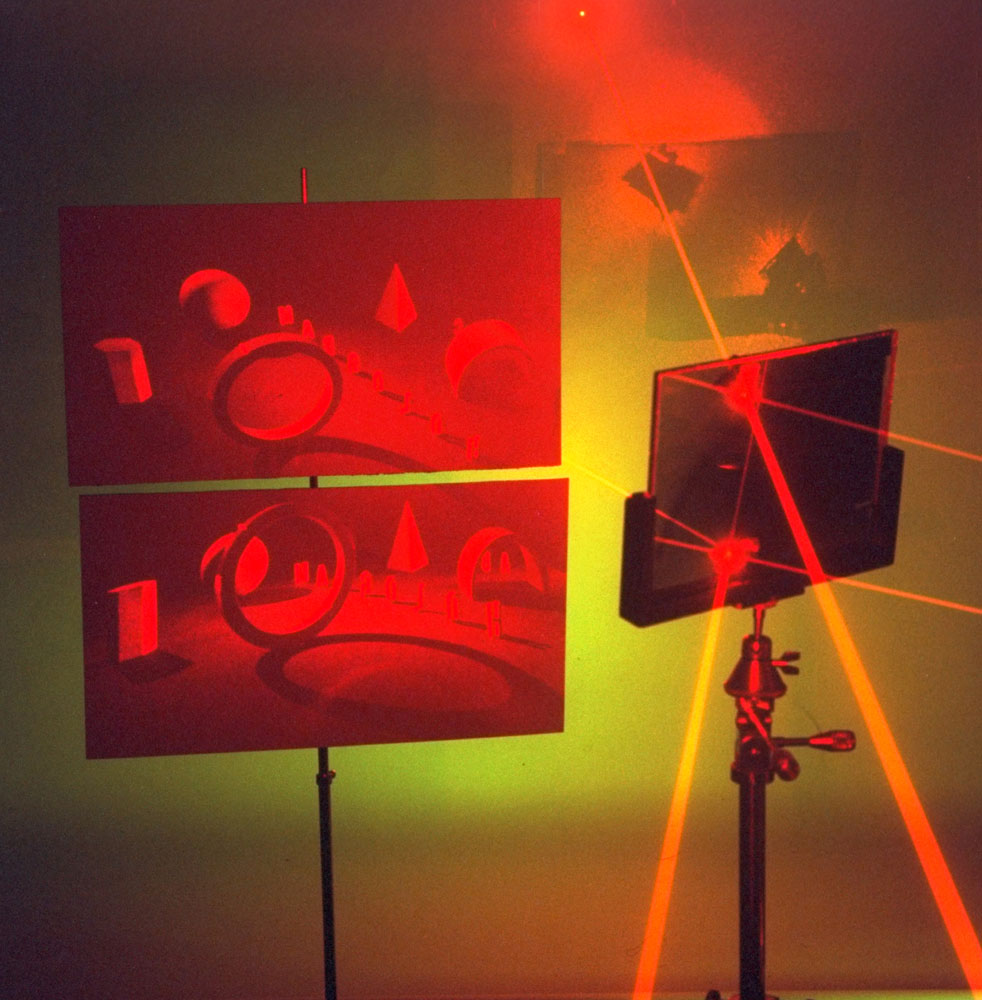

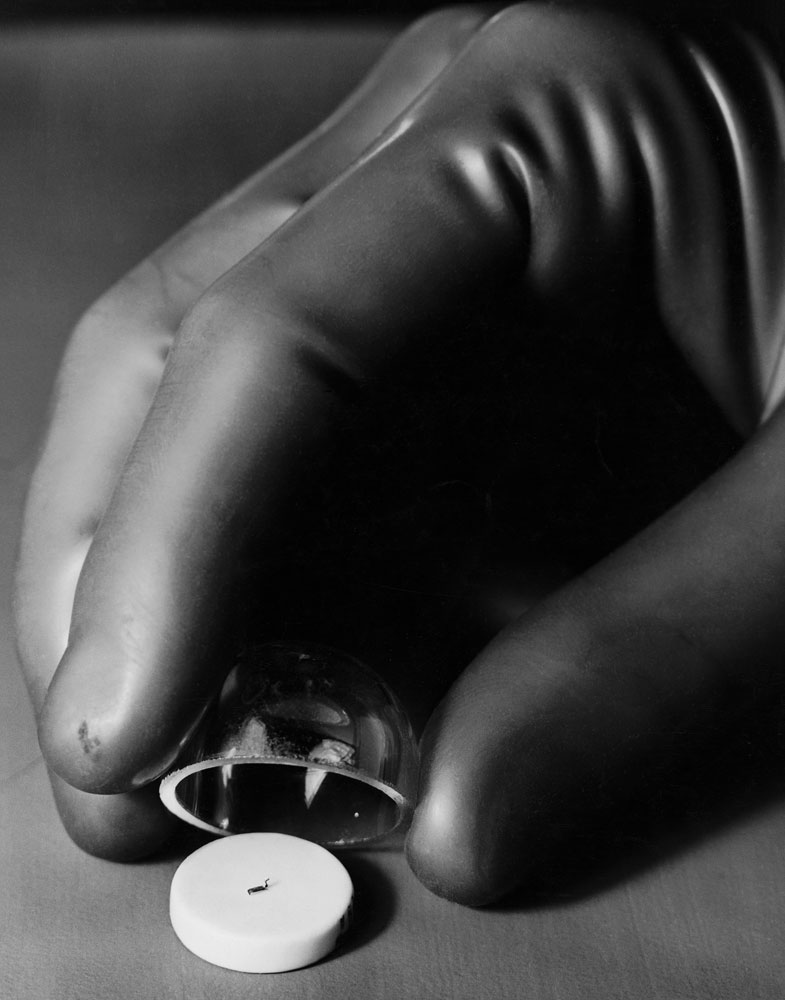
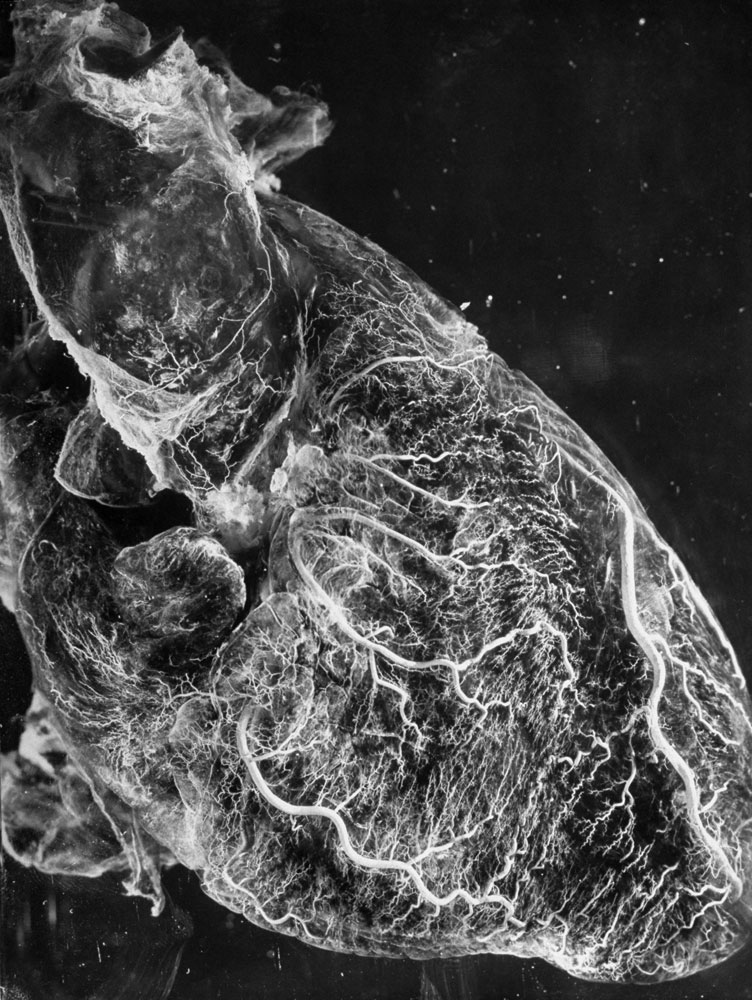

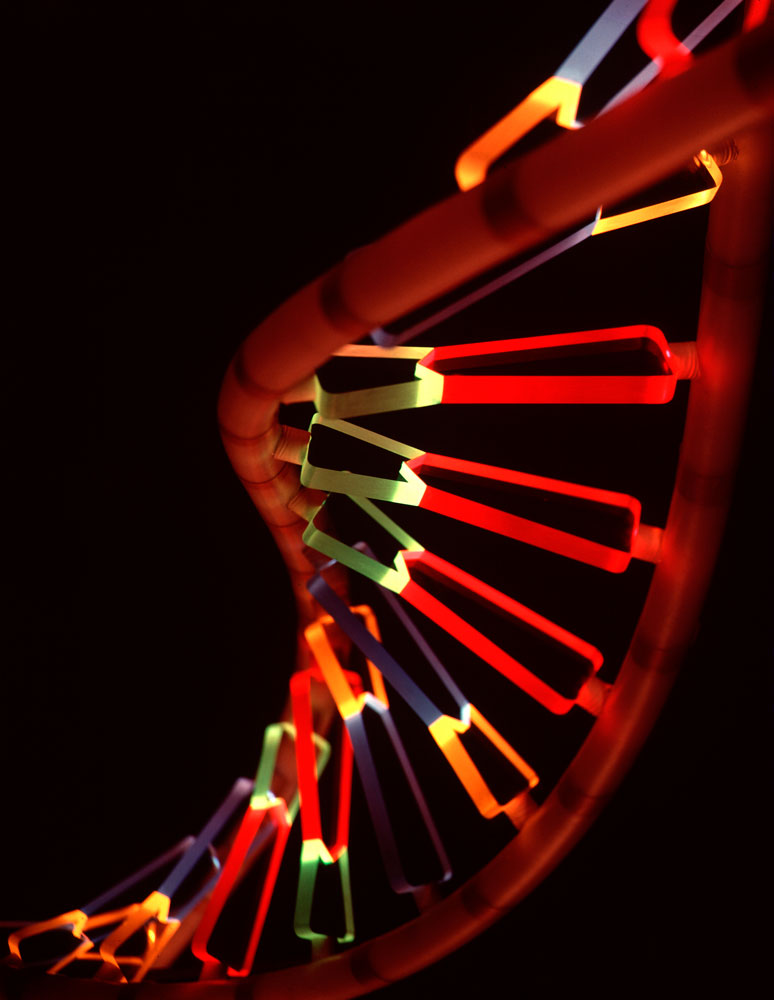


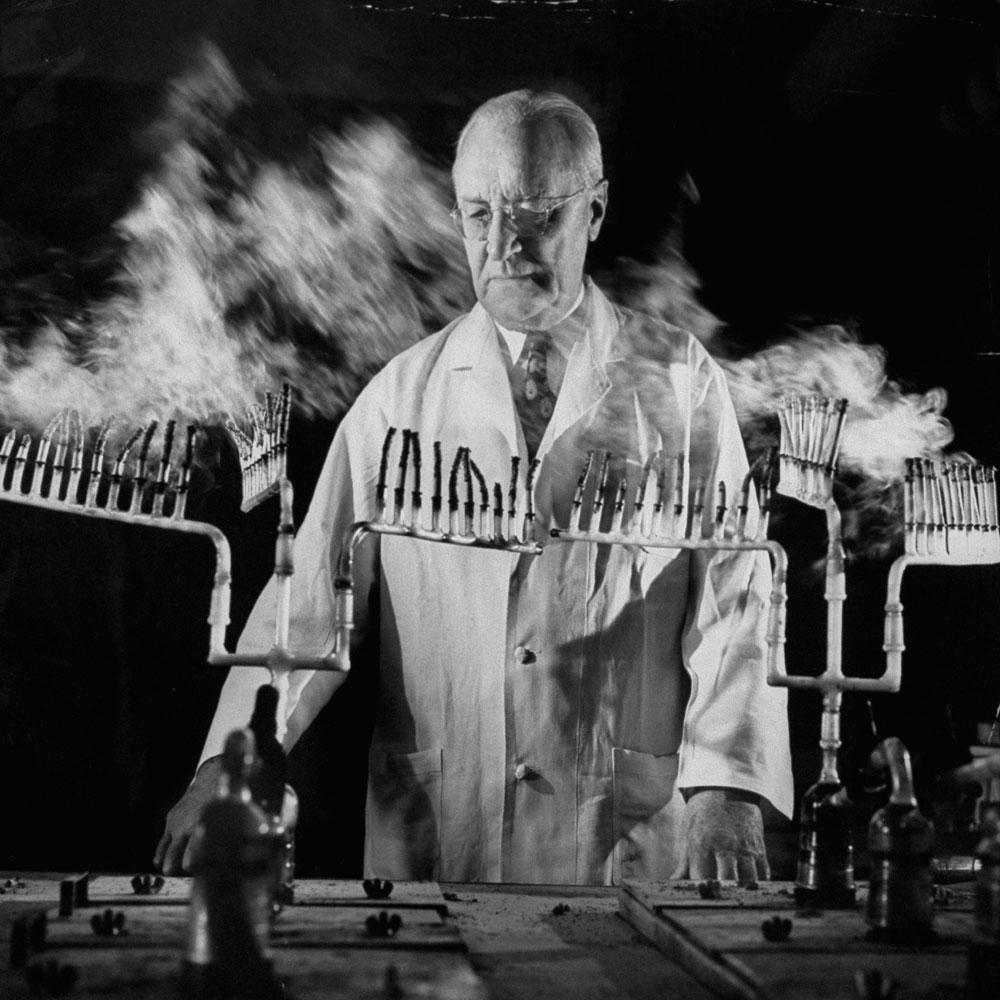
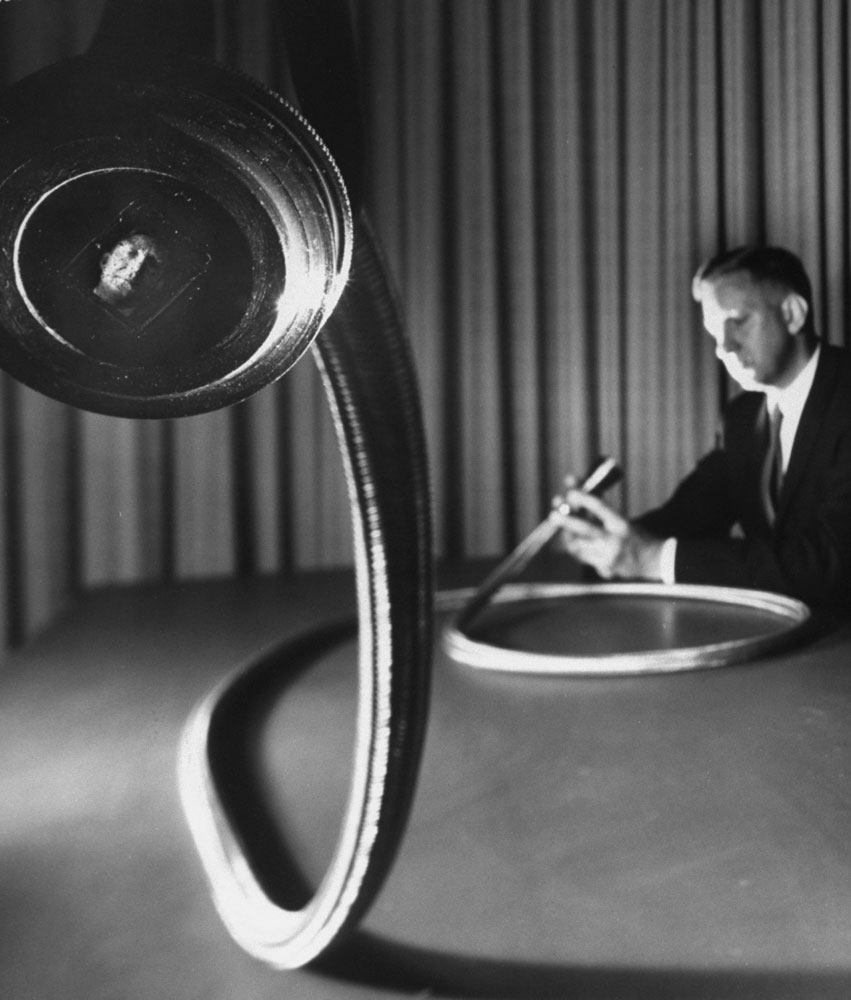
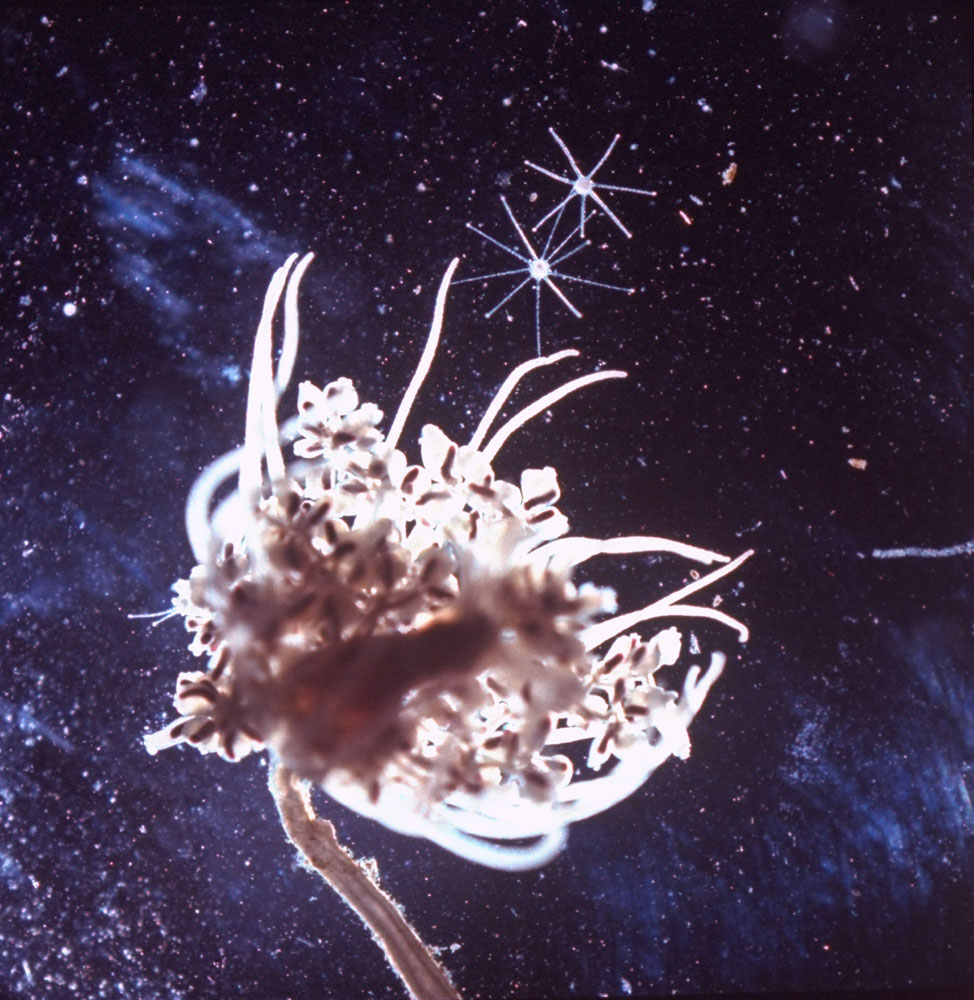
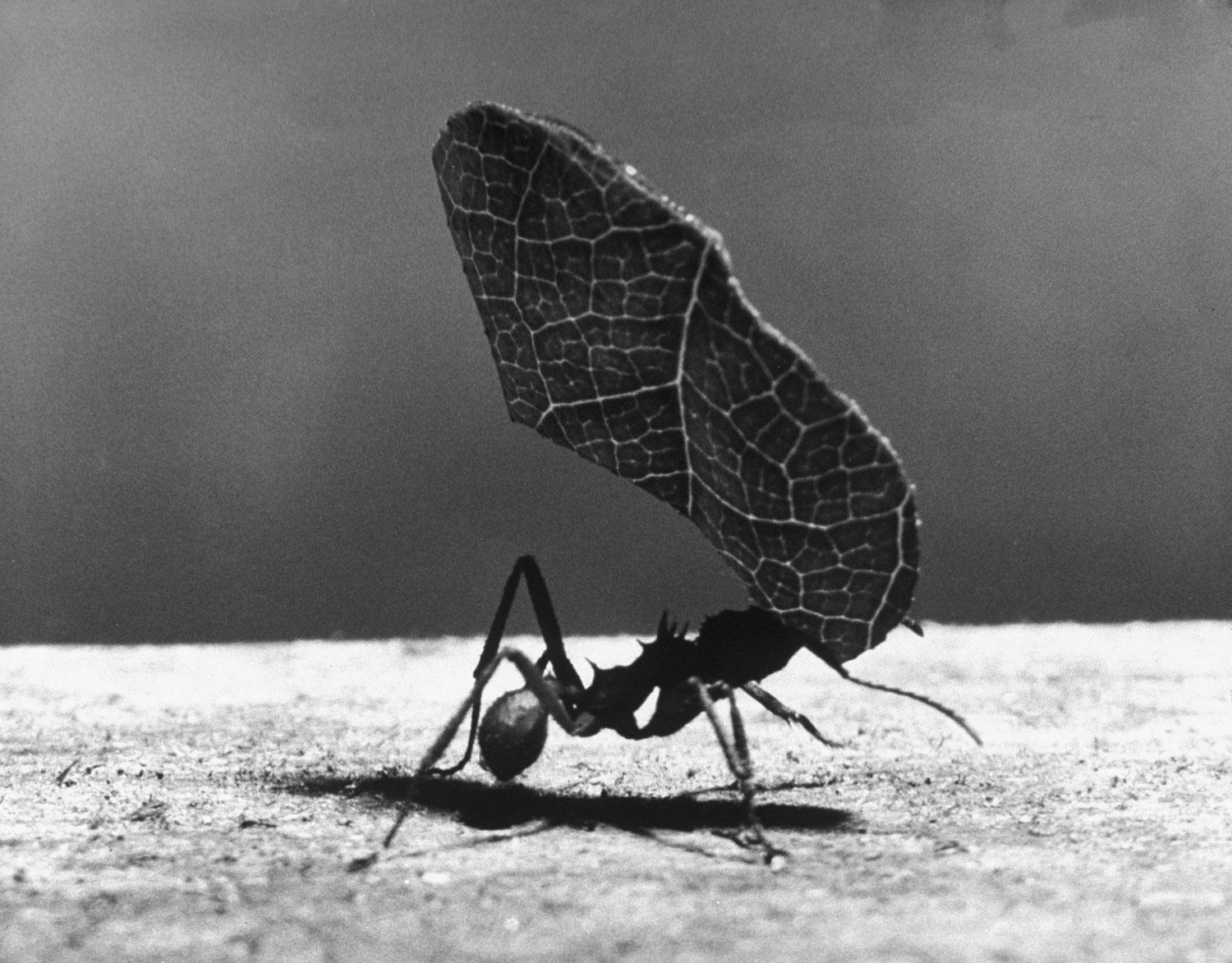
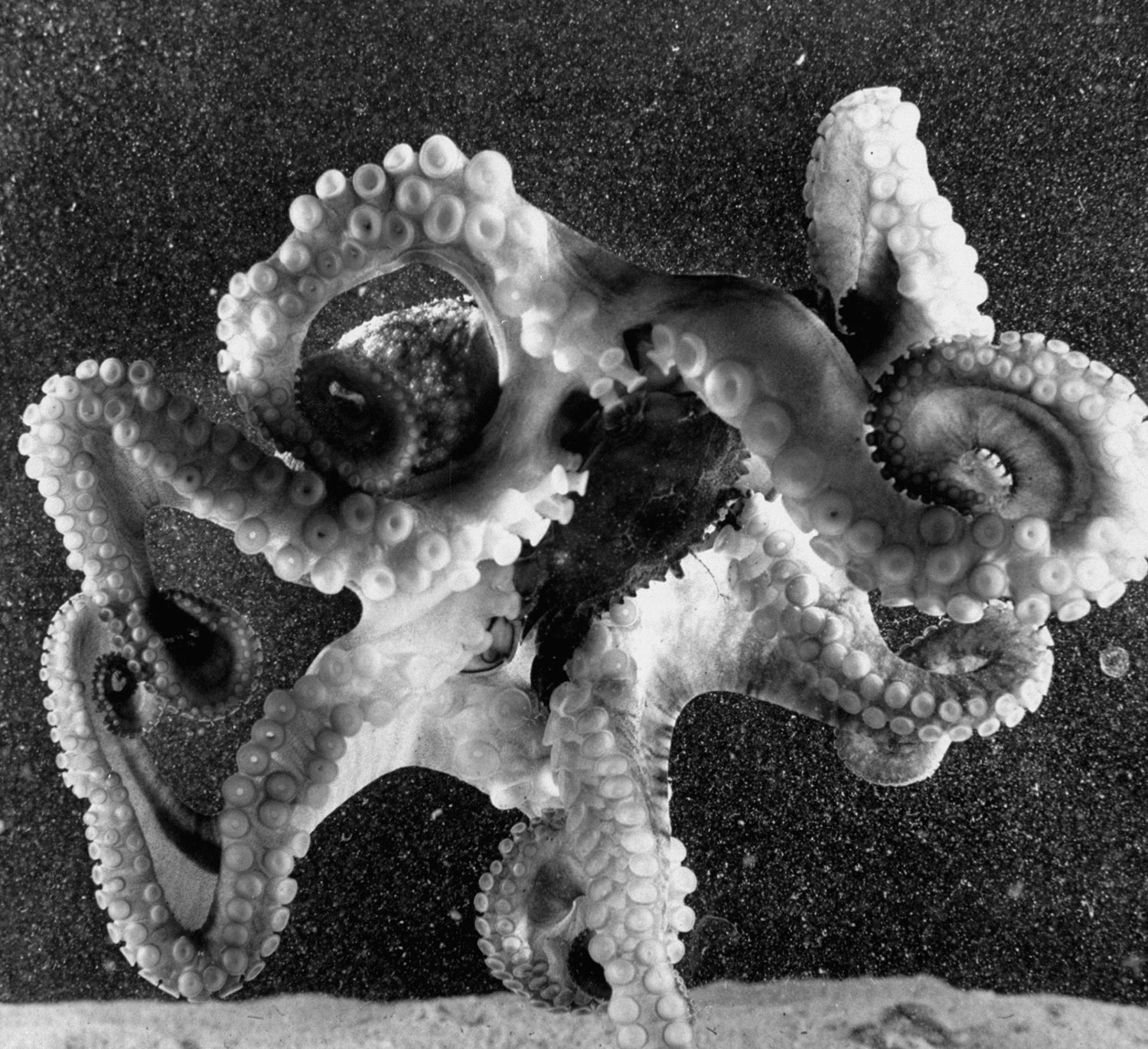
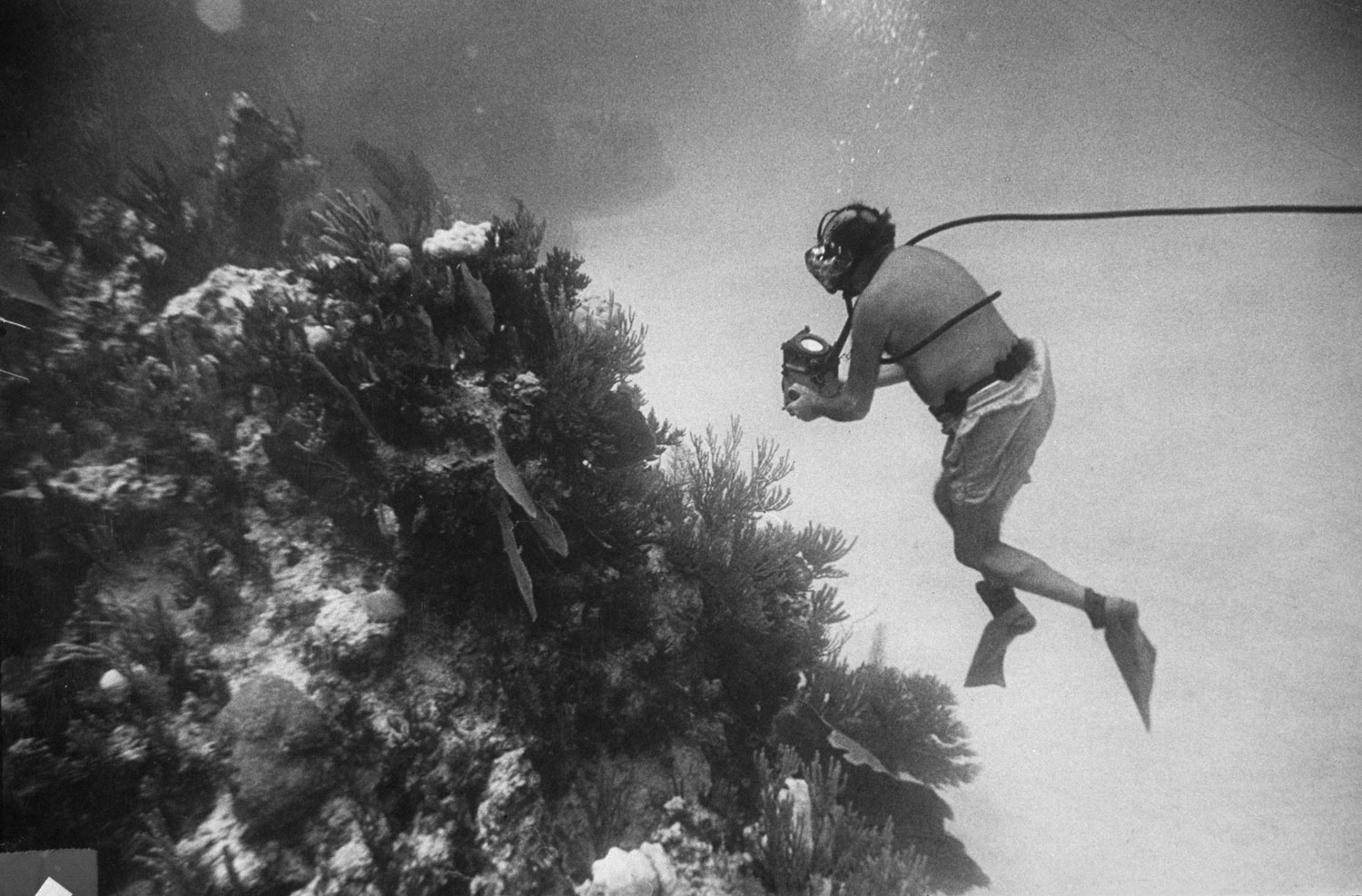
More Must-Reads from TIME
- Cybersecurity Experts Are Sounding the Alarm on DOGE
- Meet the 2025 Women of the Year
- The Harsh Truth About Disability Inclusion
- Why Do More Young Adults Have Cancer?
- Colman Domingo Leads With Radical Love
- How to Get Better at Doing Things Alone
- Michelle Zauner Stares Down the Darkness
Contact us at letters@time.com